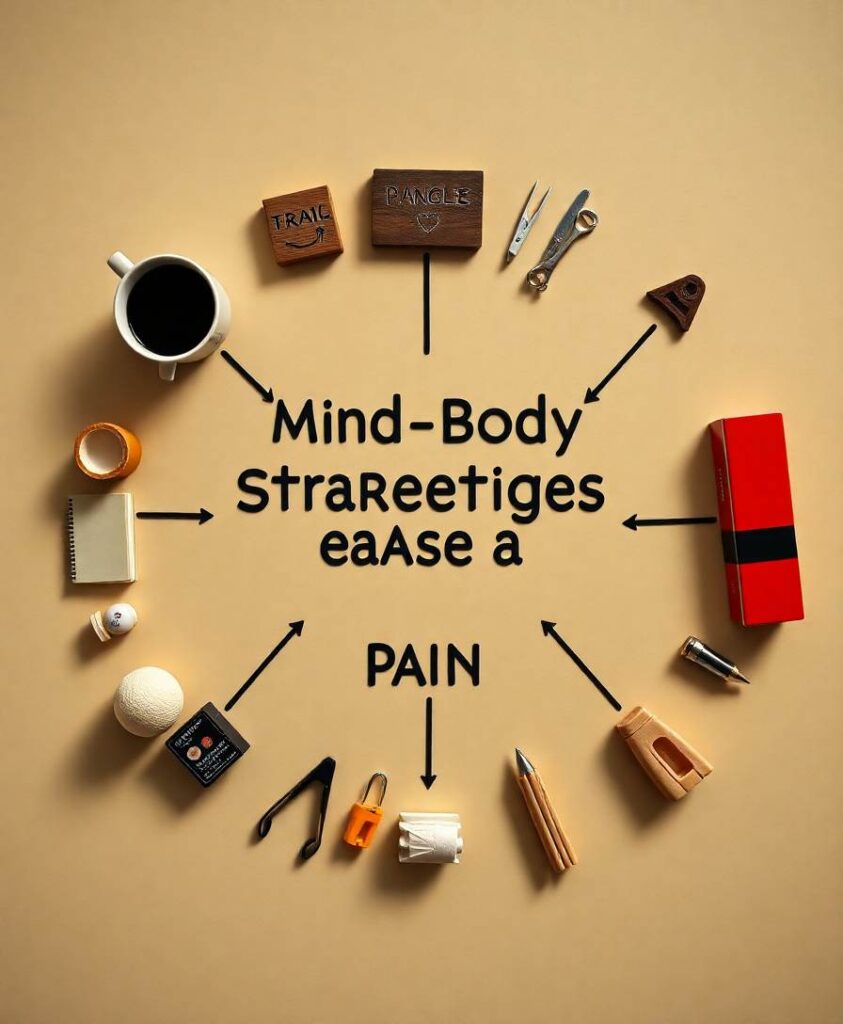Abstract
How might artificial neural networks (ANNs) inform cognitive science? Often cognitive scientists use ANNs but do not examine their internal structures. In this paper, we use ANNs to explore how cognition might represent musical properties. We train ANNs to classify musical chords, and we interpret network structure to determine what representations ANNs discover and use. We find connection weights between input units and hidden units can be described using Fourier phase spaces, a representation studied in musical set theory. We find the total signal coming through these weighted connection weights is a measure of the similarity between two Fourier structures: the structure of the hidden unit’s weights and the structure of the stimulus. This is surprising because neither of these Fourier structures is computed by the hidden unit. We then show how output units use such similarity measures to classify chords. However, we also find different types of units—units that use different activation functions—use this similarity measure very differently. This result, combined with other findings, indicates that while our networks are related to the Fourier analysis of musical sets, they do not perform Fourier analyses of the kind usually described in musical set theory. Our results show Fourier representations of music are not limited to musical set theory. Our results also suggest how cognitive psychologists might explore Fourier representations in musical cognition. Critically, such theoretical and empirical implications require researchers to understand how network structure converts stimuli into responses.


